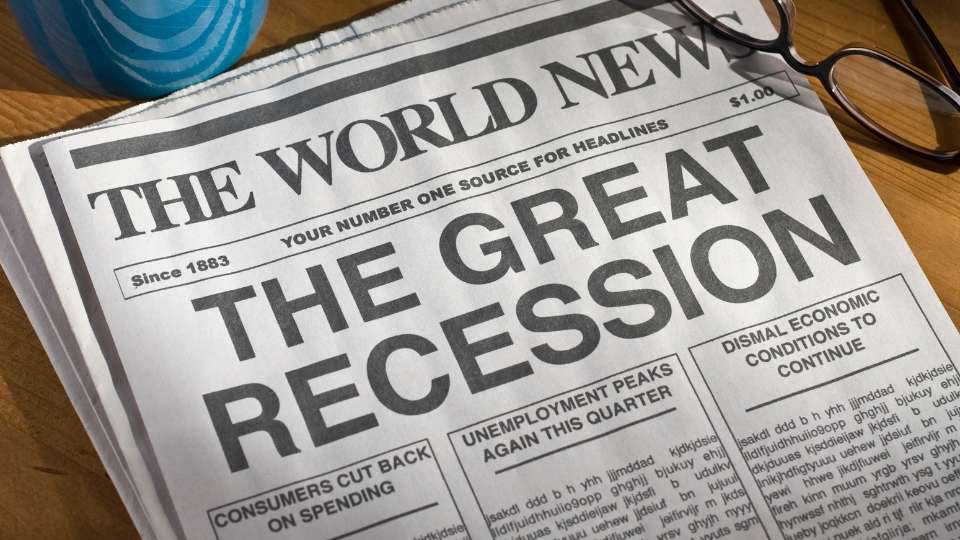President Donald Trump’s recently unveiled tariff proposal has ignited a firestorm of discussion among economists and policymakers, with many drawing parallels to a piece of legislation that casts a long shadow over economic history: the Smoot-Hawley Tariff Act of 1930. This controversial act is often cited as a major contributor to the deepening of the Great Depression, and the Trump administration’s sweeping new approach to trade is prompting serious questions about potential repercussions for the global economy.
Trump’s latest initiative envisions a dramatic restructuring of United States trade policy, built upon the foundation of across-the-board tariffs targeting major trade partners. The cornerstone of this plan is a 10 percent baseline tariff on all imports. However, the ambition extends far beyond this, with proposed country-specific tariffs reaching as high as 60 percent.
Why This Matters: Higher Stakes Than the Great Depression?
The sheer scale of Trump’s proposal is raising alarms. According to JPMorgan Chief U.S. Economist Michael Feroli, the average effective tariff rate in the U.S. is projected to jump to just over 23 percent under this new framework. Worryingly, this average could climb even higher as the administration reportedly has further tariffs in the pipeline for sectors like chips, pharmaceuticals, and critical minerals. Moreover, the executive order outlining the plan explicitly states that retaliatory actions from U.S. trading partners could trigger even steeper American tariffs, setting the stage for a potentially damaging cycle of escalating trade barriers.
This projected average tariff rate under Trump’s plan surpasses the levels enacted during the Great Depression. The Smoot-Hawley Tariff Act, signed into law in June 1930, sharply increased U.S. tariffs on over 20,000 imported goods with the aim of protecting American farmers and manufacturers during the early stages of the economic crisis. Sponsored by Senator Reed Smoot and Representative Willis Hawley, the act raised average tariff rates from 13.5 percent to nearly 20 percent.
The Smoot-Hawley Fallout: A Cautionary Tale
While the intentions behind Smoot-Hawley might have been to shield domestic industries, its consequences were largely disastrous. The law triggered swift and widespread retaliation from major U.S. trading partners. As other nations slapped tariffs on American exports, global trade plummeted. Within three years of its enactment, U.S. imports fell by a staggering two-thirds, and exports experienced a similar decline, exacerbating the already dire economic situation of the Great Depression.
Similarities and Key Differences
While both policies aim to protect domestic industries through tariffs, there are crucial distinctions. Smoot-Hawley primarily focused on the agricultural and manufacturing sectors. In contrast, Trump’s plan casts a much wider net, targeting all major exporters to the U.S. Furthermore, the punitive rates proposed by the Trump administration are not solely based on existing tariffs but also consider non-tariff barriers such as quotas and regulatory standards, reflecting a more comprehensive and potentially aggressive approach.
The fundamental economic risk, however, remains strikingly similar: both policies prompted, or in the case of Trump’s plan, could very likely prompt, significant foreign retaliation. China has already announced a 34 percent retaliatory tariff on U.S. goods, hinting at the potential for a tit-for-tat trade war that could harm economies on both sides and beyond.
The Concept of Reciprocal Tariffs
A key element of Trump’s strategy is the concept of “reciprocal tariffs.” These are duties imposed by one country in response to tariffs levied by another. However, Trump’s framework goes beyond simple one-to-one matches. His administration intends to calculate these tariffs based on what they perceive as the total impact of both direct tariffs and indirect trade barriers imposed by other nations, including subsidies, quotas, and technical standards. The argument is that many U.S. trade partners impose hidden costs on American exports, thus justifying higher blanket tariffs on their goods.
Political Perspectives and Historical Lessons
The implementation of tariffs has also drawn political commentary. Kentucky Senator Rand Paul, referencing the historical precedent of Smoot-Hawley, has criticised Trump’s earlier tariffs on Canada, highlighting the potential for both economic and political fallout. He pointed to historical examples where the imposition of high tariffs led to significant losses for the ruling political parties in subsequent elections.
Navigating the Uncertain Waters of Global Trade
The question that hangs heavy in the air is whether President Trump’s tariff strategy will ultimately bolster U.S. industry as intended or backfire, mirroring the economic devastation that followed the Smoot-Hawley Act nearly a century ago. As the global trade landscape braces for potential upheaval, businesses and investors face a period of significant uncertainty.
The unfolding implications of President Trump’s tariff policies and their historical parallels with the Smoot-Hawley Act underscore the significant uncertainties facing global trade. Understanding these shifts and their potential impact on various markets will be crucial for investors seeking to navigate the evolving economic landscape. Firms with established expertise and access to international markets can offer valuable perspectives and resources in this dynamic environment.
For investors aiming to navigate potential volatility stemming from the U.S. market’s response to these tariffs, exploring opportunities in securities trading and seeking diversification across Asian and other emerging markets could be a strategic move.
东证期货国际(新加坡)简介
东证期货国际(新加坡)私人有限公司是上海东证期货有限公司的直属全资子公司,也是东方证券股份有限公司的间接控股子公司。
作为持有新加坡金融管理局(MAS)颁发的《资本市场服务许可证》的机构,我司提供全方位资本市场服务,涵盖证券、场内衍生品、场外衍生品及杠杆外汇等多类产品。
东证期货新加坡是亚太交易所、新加坡衍生品交易所以及洲际新加坡交易所的交易和清算会员,为客户提供覆盖国际市场的综合交易服务。



